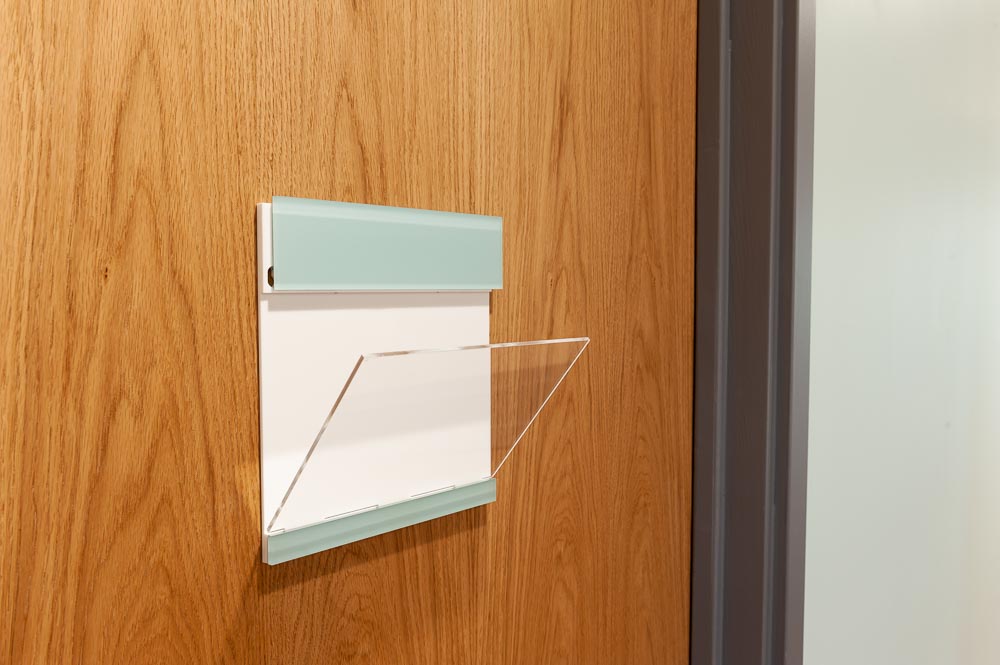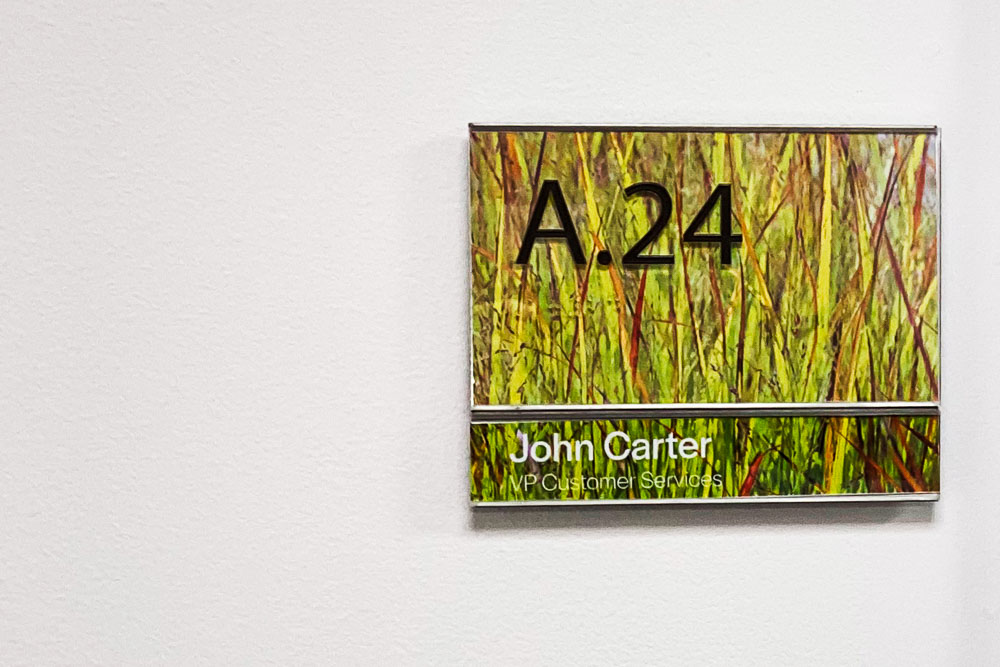Modern architecture needs flexibility and the ability to modify structures quickly and easily, and that has translated in to signage design. Simple, flat signs painted onto flimsy plastic or wood aren’t attractive or fully functional; signs types are now more commonly engineered so that they are not only functional and informative but are designed to be easy to change.
Physical signs are important in relaying information and ensuring the safety of others, but no longer are they simply functional and minimalistic. They must be design-led products that fit in to the architectural space. They must always serve the purpose of allowing us to travel safely through traffic; to allow us to locate our destinations via building names, entrances, and floor plans. They show us the location of essential safety features such as fire extinguishers, first-aid kits and emergency routes, and they feed us information that helps us navigate. But increasingly, they are an opportunity to reinforce branding and provide interest. Signs have also tended to be a permanent feature that needed to be replaced in their entirety if the information changed for any reason. However, that concept is out-dated and a poor use of resources.
Modular sign systems have become the logical wayfinding solution, with information being only part of the design intent. Modular sign design with xsign uses a system with a number of patented products, including:
Jigsaw – interlocking pieces that clip or slide onto a fixed backplate allowing for easy access and changing, without the use of specialist tools. The interlocking features used may be obvious and add to the overall ‘look’ of the design.
Puzzle – Designed as a bespoke product to provide a sign solution at Birmingham City University, now a key part of our product set. These may have a hidden feature such as dovetail fittings at the rear that may hold information plaques in place but are not immediately apparent to the viewer.
Folio – A paper holding sign type, which can be included in to modular design. Printing options include ceramic text for indestructible text. They can be presented in a number of styles and shapes within a sign scheme.
Jigsaw and Puzzle signs tend to be precision cut, whilst Folio signage is typically a thin, printable material suspended by a lightweight framework that doesn’t detract from the overall message. Jigsaw and Puzzle sign types lend themselves to many different materials, ensuring that they can be eye-catching and attractive as well as informative. This modular design means that almost any material can be worked in to the sign type, using common engineering processes such as drills, mills, and lathes. They also allow a high degree of precision to be introduced into the processing, so it is easy to incorporate different shapes – such as circles and triangles – into the design without worry that they are not going to fit properly.
The system allows for a range of attractive finishes, including polished glass and anodised aluminium, and separate colouring of component parts is easy to achieve. xsign modular sign systems are more than just instructive; they are the means of relaying a message that assists the user, whilst introducing an attractive palette of materials and texting methods.



